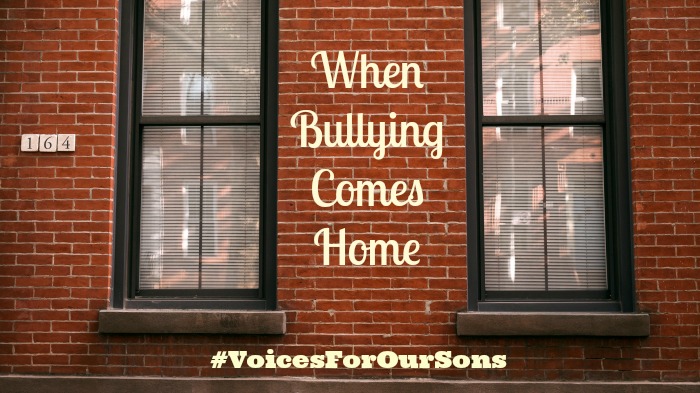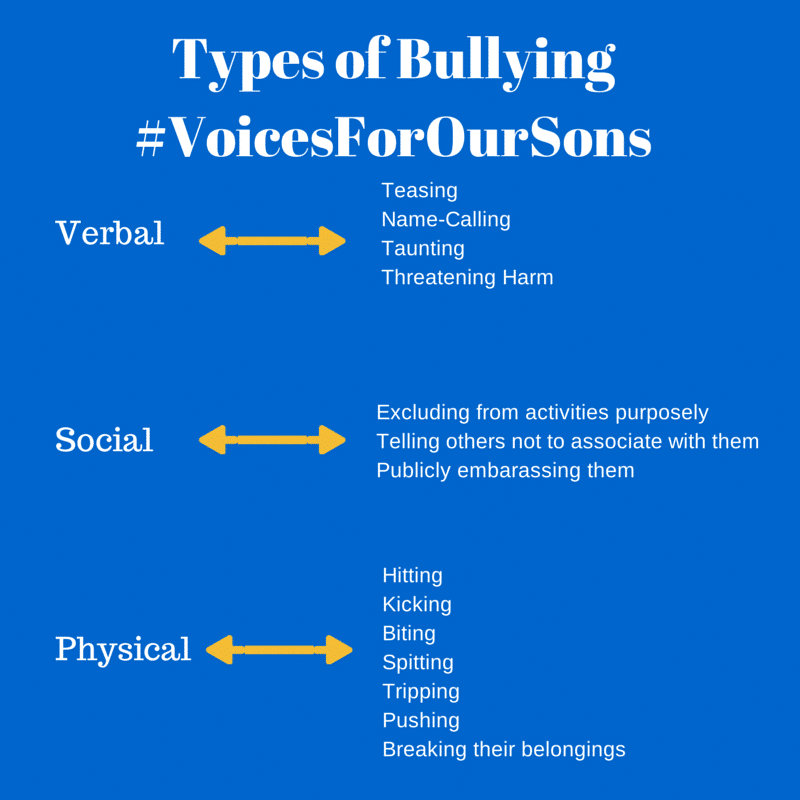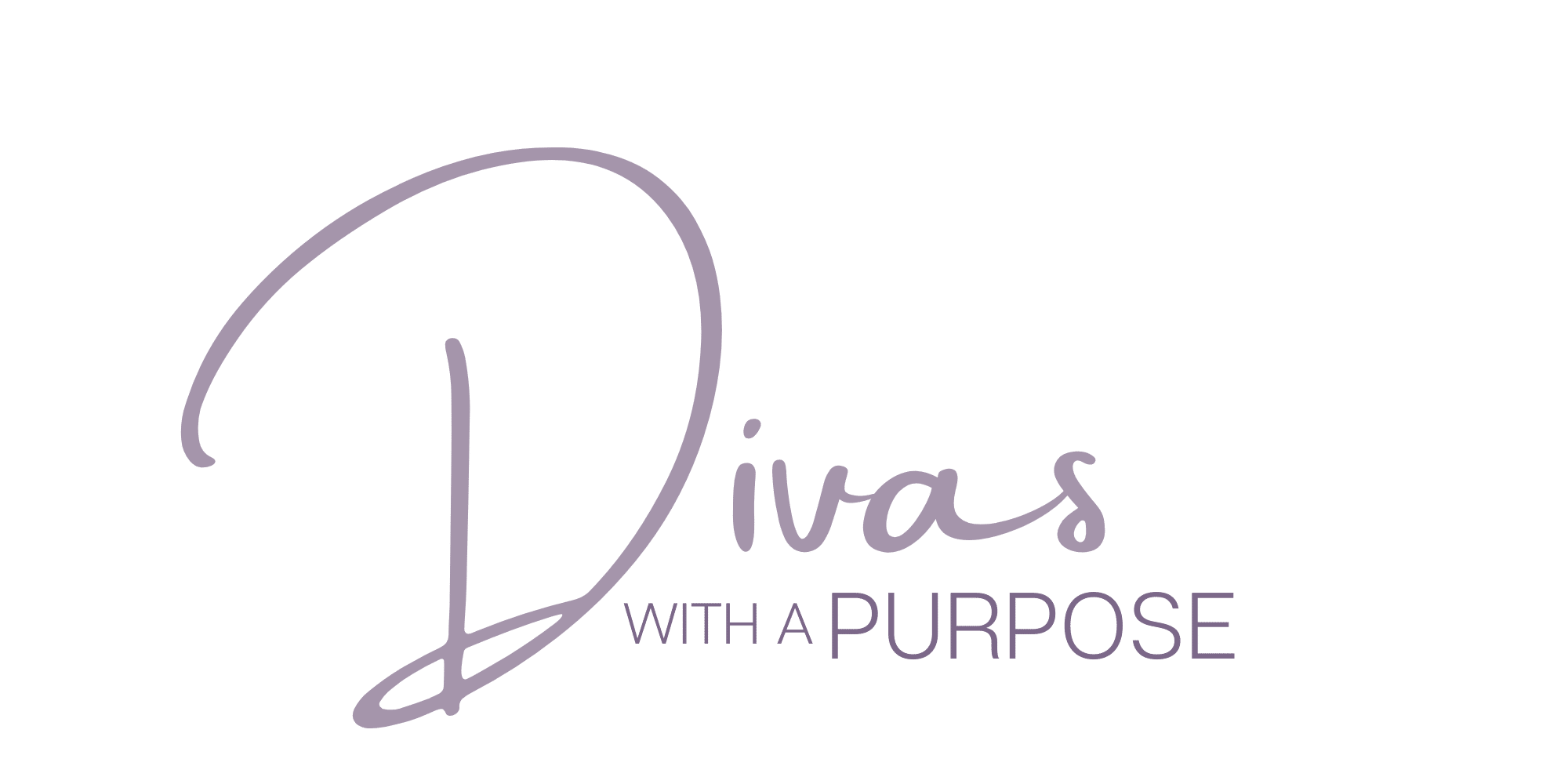When Bullying Comes Home
National Bullying Prevention Month is a campaign in the United States founded in 2006 by PACER’s National Bullying Prevention Center. The campaign is held during the month of October and unites communities nationwide to educate and raise awareness of bullying prevention.
In 2007, a school-based survey of African American adolescents in grades 5 – 12 was done. The primary purpose of the study was to research the prevalence of bullying among the children. The survey indicated that bullying behavior was approximately 8-12% higher among this group than reported for other general student populations.
Approximately 160,000 students miss school daily out of fear of being bullied. That’s a staggering statistic. According to StopBullying.gov: “It is not clear how often kids get bullied because of their race, ethnicity, or national origin. It is also unclear how often kids of the same group bully each other. Research is still growing. We do know, however, that Black and Hispanic youth who are bullied are more likely to suffer academically than their white peers.”

Last year was a rough year for my oldest son academically. It took a lot of digging to find out that part of the problem was that he was being pressured to act out by older children in our neighborhood. He was torn between fitting in and being part of the popular crew and doing what was right. I had to explain to him that was a form of bullying and some changes had to be made. Conversations were had with parents, my presence was increased and he and another friend took a stand for themselves.
With the stories we see on a regular basis, I am beyond thankful that our incident was mild compared to others that have led to children getting into fights or worse.
Recently, I realized we were dealing with a different type of bullying situation. Right in our home. My youngest son became clingier and whinier than usual. It seemed he was crying at the drop of the hat and we could not figure out what was going on. I walked in on a hushed conversation between my two boys and a light bulb went off. My oldest son was bullying his little brother.
Verbal bullying includes teasing, name-calling, taunting and threatening harm. Check, check, check and check. Social bullying includes leaving someone out on purpose, telling others (in this case my niece and nephew) not to be friends or play with someone, and embarrassing someone in front of others. Check, check, and check again. Physical bullying includes hitting, kicking, punching, tripping, pushing, taking and/or breaking someone’s things, and making mean or rude hand gestures. I was shocked and, honestly, it was a hard pill to swallow.
A friend of mine argued that it was a rites of passage for big brothers to “torment” their younger siblings and I shouldn’t worry about it. That did not fly with me at all. Especially when we had issues with my oldest son joining in a with or even leading others in teasing and taunting his little brother and definitely when someone was always running into or tripping over the other.

Children that are bullied will find ways to lash out. They may find someone “weaker” than them to take it out on. There’s sibling interactions and there’s crossing the line. Anytime a child is uncomfortable in their home – their place of refuge and safety – there’s a problem that has to be addressed and dealt with immediately.
It’s taken some work and it’s still a work in progress but there have been strides in their relationship and the teasing and taunting has subsided. We’re pretty open in our household and my kids like to say I can talk an issue into the ground. However, having those dialogues and teaching them how to express themselves openly and candidly will only help them as they grow and mature. Learning when to walk away and give yourself a timeout if you’re frustrated or upset and respecting when the person you’re dealing with says they need that timeout are all valuable life skills to have.
I encourage you to have open conversations about bullying. As parents we need to recognize the signs of bullying and teach our children how to react – even if they are the ones witnessing the act. If we know our children are the bullies, don’t ignore it. React and correct.
Have you had to deal with bullying with your tween or teen?
